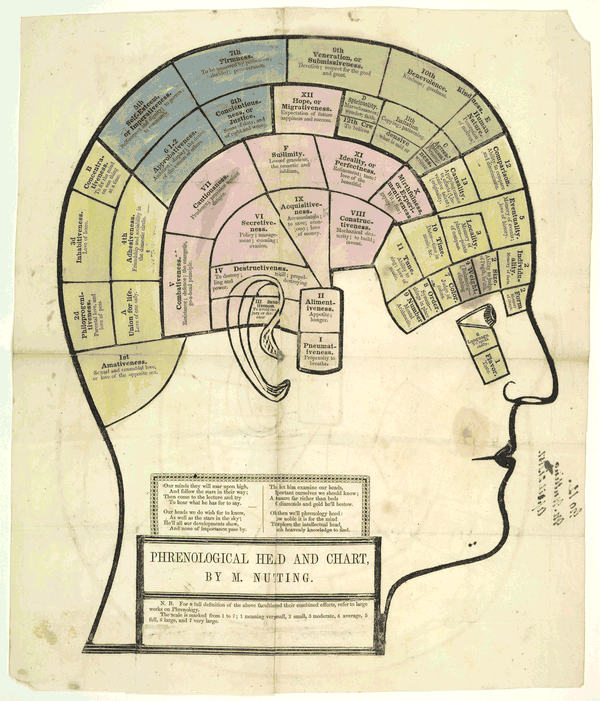This week, NYRB Classics has reissued Masscult and Midcult: Essays Against the American Grain, by Dwight Macdonald. The book, first published in 1962 (and then called Against the American Grain: Essays on the Effects of Mass Culture), now has an introduction from New Yorker writer Louis Menand, who calls the title essay “a kind of summa of the New York highbrow’s contempt for bourgeois culture.”
Macdonald believed culture had been corrupted by commercialism: Authentic “Folk Art” had given way to money-driven “Masscult,” popular entertainment churned out by, for instance, Hollywood studios—and the entirely new category of “Midcult” had appeared, which aped “High Culture” in “the service of the banal.” (Among his primary examples: Our Town by Thornton Wilder.)
Nowadays, of course, such disdain for lowbrow fare is decidedly unfashionable; we live in an age of “Unibrowism,” as Menand calls it (or “Nobrow,” to use John Seabrook’s term). And the manifesto by Macdonald, much as I wanted to like it (Macdonald is an endearing figure in many ways—plus, my dad lent me a copy of Against the American Grain when I was in college; he especially liked Macdonald’s takedown of the Revised Standard Version of the Bible), seems frankly snobbish and unappealing.
But it does raise an interesting question. While unabashedly lowbrow art has long ceased to be disreputable, has the term “middlebrow” also lost its sting?
It may be a tougher category to rehabilitate: Neither quite one thing or another, “middlebrow” suggests something mushy and unsure of itself—and this in-between-ness evokes status anxiety far more than the art on either extreme of the spectrum. Virginia Woolf’s withering takedown of middlebrow culture (written in 1932, just seven years after the term was first coined in Punch magazine—though not published until after Woolf’s death) derives its sarcastic sting from precisely that insecurity.
But then, Woolf’s piece now seems just as snobbish as Macdonald’s essay. And one might argue that we are living in a golden age of middlebrow art: How else would one categorize shows like Breaking Bad, Mad Men, The Sopranos, and The Wire? Novels like Freedom and The Marriage Plot—or even A Visit from the Goon Squad (the best of those three, in my opinion), which, for all its formal playfulness, is a transparently written and sexy story about punk rock? (The novel as a form has a particularly strong middlebrow tradition, as Richard Brody noted a few months back; indeed, many of the writers Woolf claims as fellow highbrows—Dickens, Scott, and Brontë, for instance—seem obviously middlebrow.) Last year, the nominees for Best Picture (always reliably middlebrow) included a bunch of good to great movies—several of which made close to $100m (or more) at the box office.
Of course, the simplest thing would be simply to dispose of these terms altogether; considering their origins in the racist and ridiculous “science” of phrenology, they aren’t particularly attractive to begin with.
And yet they persist—probably because they do actually help delineate the varying aims of various artforms. So perhaps it’s more realistic to use the terms unsnobblishly than to pretend they don’t exist—and to take pleasure without guilt in each kind of art the terms respectively stand for. As long, of course, as the particular work in question is any good.
Further reading: Tad Friend’s “The Case for Middlebrow,” from the New Republic, 1992. And see also, of course, the columns of Slate’s own Bryan Curtis.
